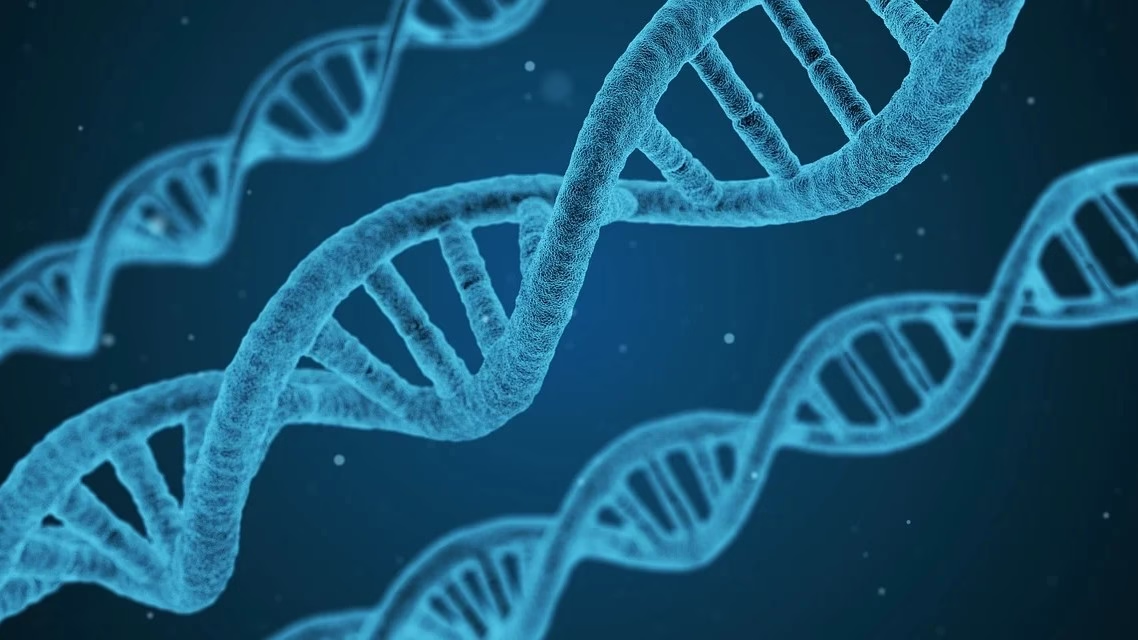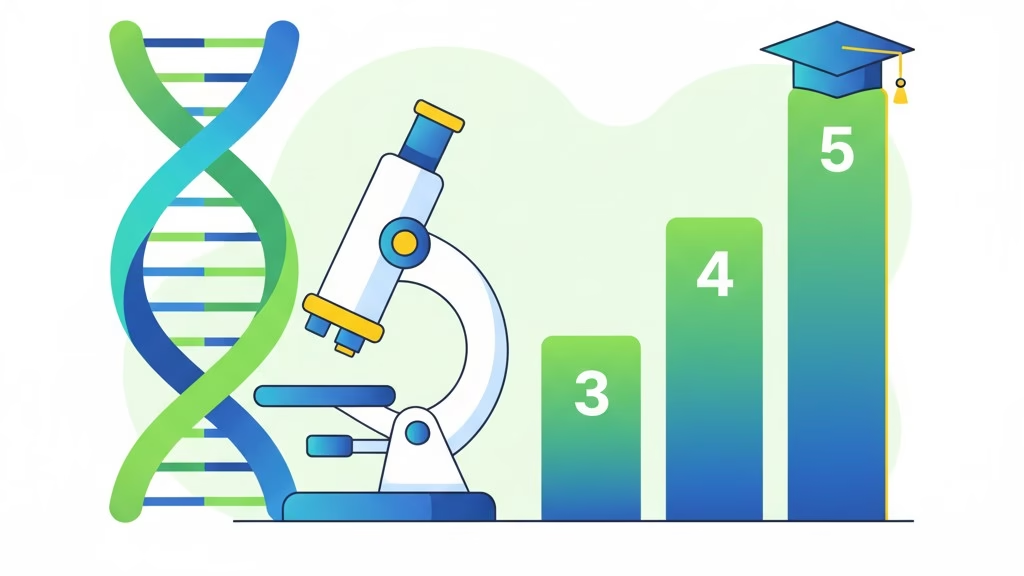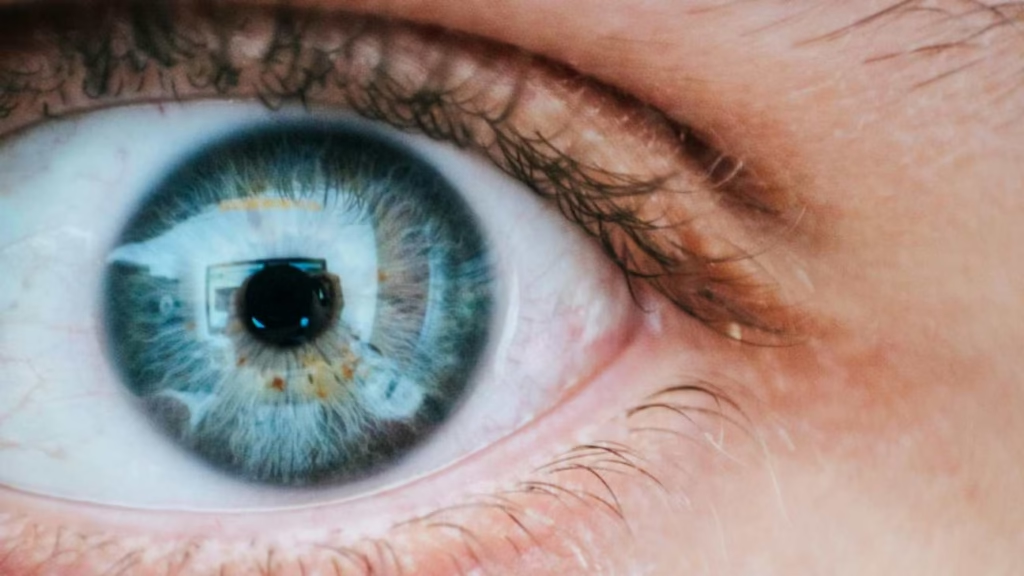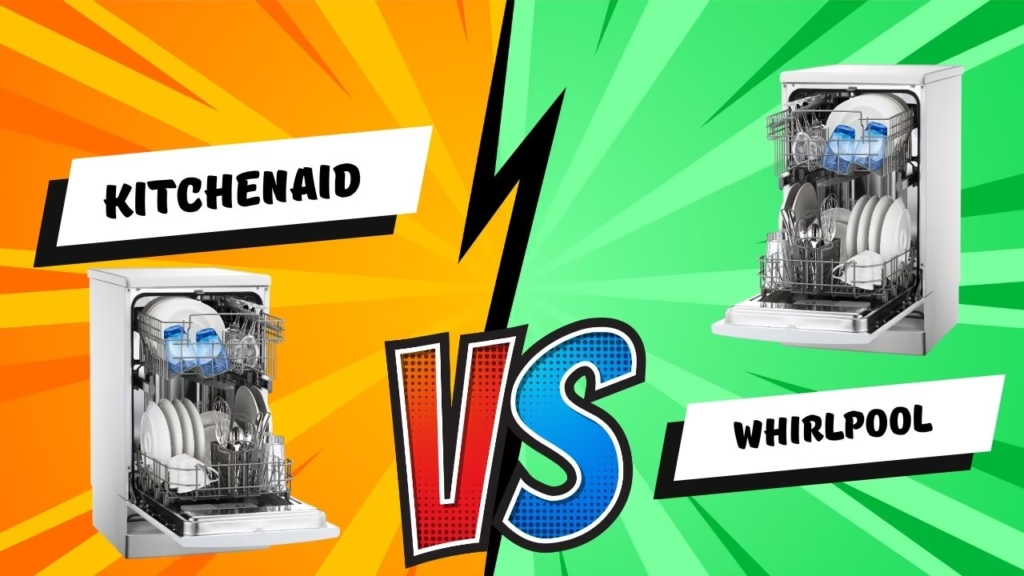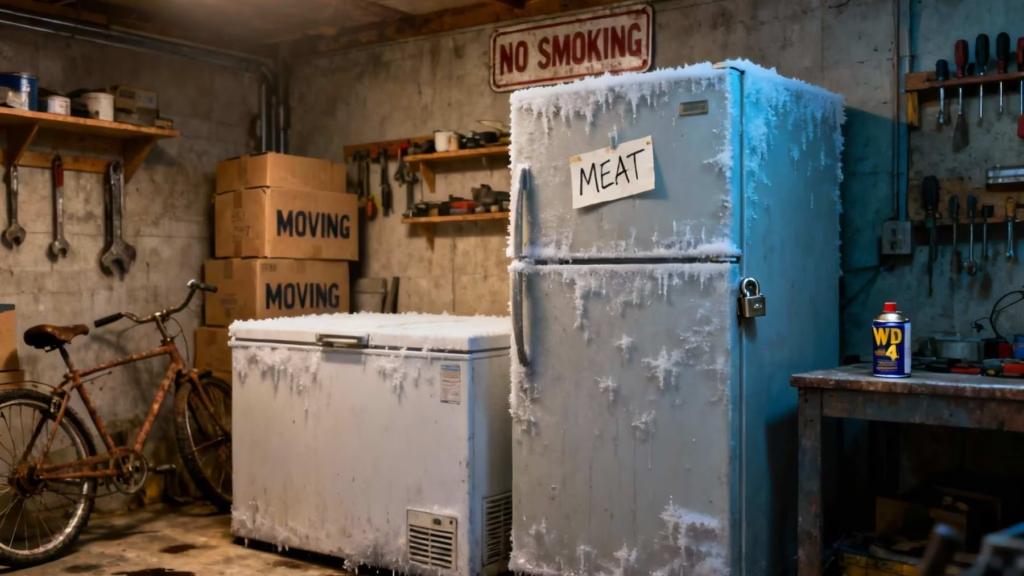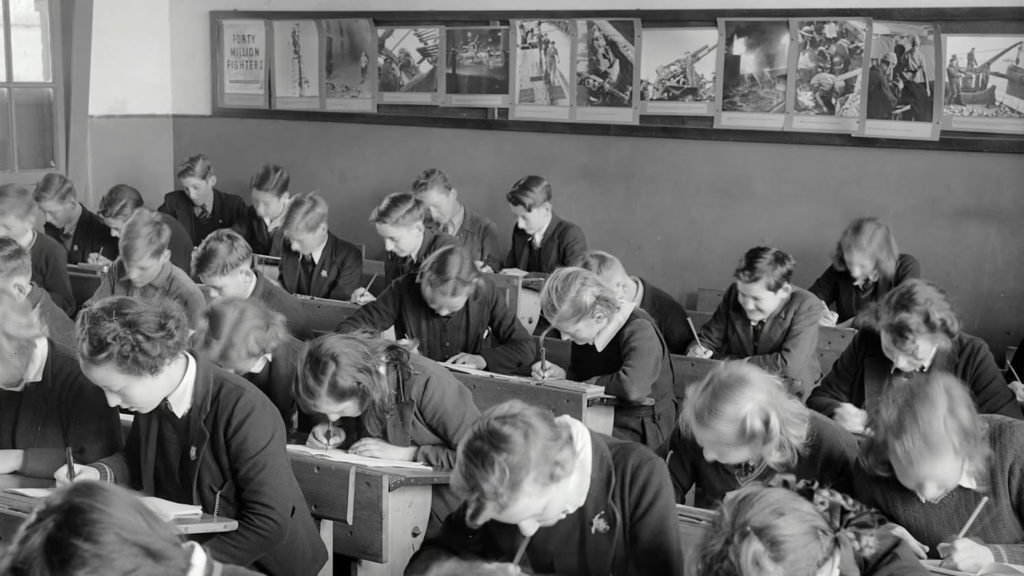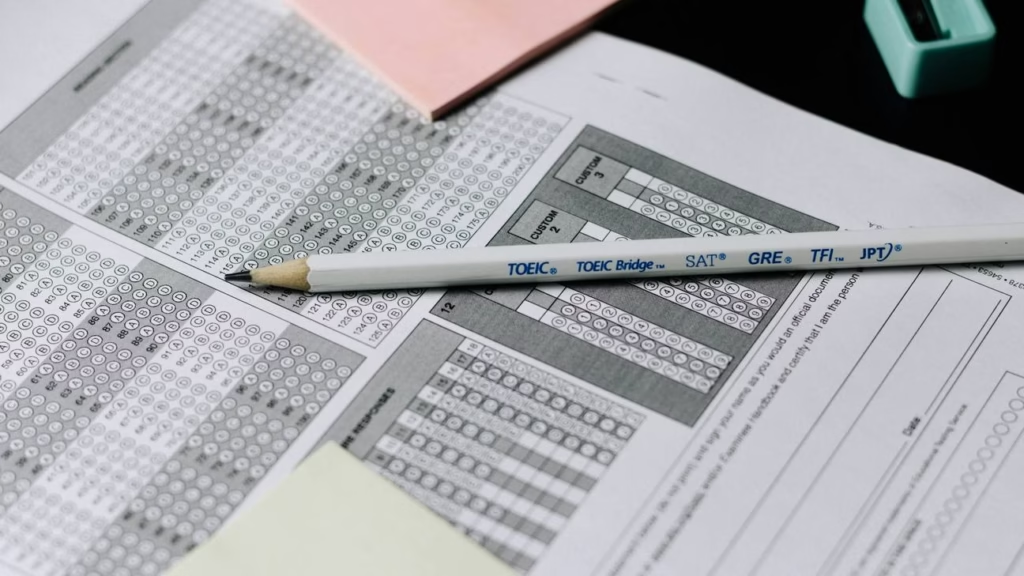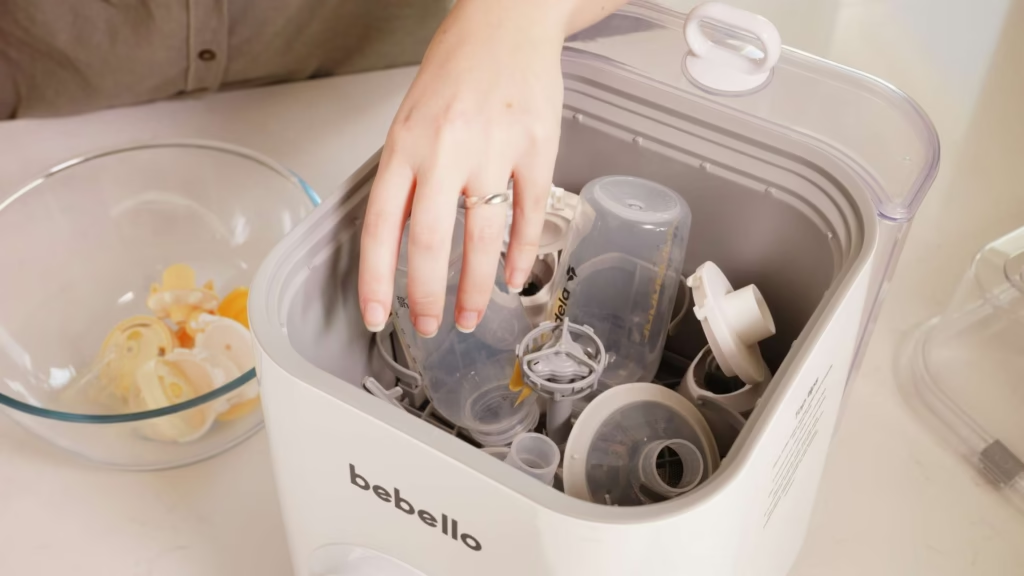Master AP Bio Unit 3: Cellular Energetics with key concepts, MCQs, FRQs, and College Board links.
Table of Contents
Here is what you will cover:
🔋 ATP: The Cell’s Energy Coin
Meet ATP. It is the cell’s energy money. Cells spend ATP to power their tasks. They also recharge used ATP. This process is called energy coupling.
🧬 Enzymes: Reaction Helpers
Enzymes speed up cell reactions. They lower the energy needed to start a process. Each enzyme has a special shape. It fits with one specific molecule. Heat, acid, and other things can change how well enzymes work.
🌿 Photosynthesis: Making Food from Light
Plants turn sunlight into sugar. This process is photosynthesis. It happens in two main steps. First, light is captured. Then, that energy is used to build sugars.
🔥 Cellular Respiration: Making Energy from Food
Cells break down food to make ATP. This is cellular respiration. It has three main parts. The last part makes the most ATP. Without oxygen, cells use a different, less efficient path.
⚖️ Controlling Metabolism
Cells are smart. They control their energy use. They can turn processes on and off as needed. This is called feedback control.
🧪 Hands-On Learning
You will read graphs from enzyme tests. You will design your own experiments. This unit is full of cool diagrams and labs. It is a fan favorite!
Master this unit. It will set you up for success in the rest of the course. After studying, you can use an AP Bio Score Calculator to gauge your readiness. You can do this!
🔍 Key Concepts Explained
Understanding the core principles of Cellular Energetics is essential for mastering AP Biology. Below, we break down the most important concepts with concise explanations, bolded terminology, and visual aids to reinforce learning. Where relevant, we link to related units for deeper context.
⚡ ATP and Energy Coupling
ATP (adenosine triphosphate) is the primary energy carrier in cells. It stores energy in its phosphate bonds and releases it through hydrolysis. Energy coupling refers to the process where cells use the energy from ATP hydrolysis to drive endergonic reactions — such as active transport or biosynthesis.
🧬 Enzyme Structure and Function
Enzymes are biological catalysts that speed up chemical reactions by lowering activation energy. Each enzyme has a unique active site that binds to specific substrates. The induced fit model explains how enzymes change shape slightly to accommodate substrates.
Factors that affect enzyme activity include:
| Factor | Effect on Enzyme Activity |
|---|---|
| Temperature | Increases activity until denaturation |
| pH | Optimal range varies per enzyme |
| Substrate Concentration | Increases rate until saturation |
| Inhibitors | Can be competitive or non-competitive |
🔥 Cellular Respiration
Cellular respiration is the process by which cells break down glucose to produce ATP. It includes:
- Glycolysis (cytoplasm): breaks glucose into pyruvate
- Krebs Cycle (mitochondria): generates electron carriers
- Electron Transport Chain: uses oxygen to produce ATP via chemiosmosis
Related: Compare aerobic vs anaerobic respiration in Unit 8: Ecology
⚖️ Metabolic Regulation
Cells regulate metabolism through feedback inhibition, where the end product of a pathway inhibits an earlier step. Allosteric regulation involves molecules binding to sites other than the active site to modulate enzyme activity.
📊 Visual Aid: Enzyme Activity vs. Temperature
Here’s a simplified graph showing how temperature affects enzyme activity:
Activity
|
| /\
| / \
| / \
|--------/ \---------
| Optimal Denatured
| Temp
+----------------------------> Temperature
This bell-shaped curve illustrates that enzyme activity increases with temperature up to a point, beyond which the enzyme denatures and activity drops sharply.
Let me know if you’d like this section in HTML or want to embed interactive diagrams next. I can also link this to your pacing guide or schema markup strategy.
🧪 Sample MCQs for Unit 3: Cellular Energetics
Test your knowledge of cellular energy. Try these practice questions. Each one focuses on a key topic. Hover over the answer to check your work.
Question 1
What is the main job of ATP in a cell?
- A) It holds genetic info
- B) It is a long-term energy save
- C) It powers energy-absorbing reactions
- D) It speeds up reactions
Answer:
C — ATP gives energy to help needed reactions happen.
Question 2
What happens to an enzyme if it gets too hot?
- A) It works better and better
- B) It works more efficiently
- C) It unfolds and stops working
- D) The amount of substrate does not matter
Answer:
C — High heat breaks the enzyme’s shape. This makes it useless.
Question 3
Which step makes the most ATP inside mitochondria?
- A) Glycolysis
- B) Fermentation
- C) Krebs Cycle
- D) Oxidative Phosphorylation
Answer:
D — Oxidative phosphorylation makes the most ATP.
Question 4
What do the light-dependent reactions in photosynthesis make?
- A) They make glucose from carbon
- B) They make ATP and NADPH
- C) They release oxygen from glucose
- D) They change glucose to pyruvate
Answer:
B — These reactions use light to make ATP and NADPH.
Question 5
What carries electrons in cellular respiration?
- A) Glucose
- B) Oxygen
- C) NAD⁺
- D) ATP
Answer:
C — NAD⁺ grabs electrons, becoming NADH.
Question 6
What is feedback inhibition?
- A) An enzyme is turned on by ATP
- B) The final product stops the enzyme
- C) An enzyme is damaged by heat
- D) An enzyme is destroyed
Answer:
B — The end product can stop the enzyme. This prevents making too much.
🧠 Sample FRQ for Unit 3: Cellular Energetics
Free-response questions test your skill at applying knowledge. They use real-world situations. Below are two practice questions. They match the style of the AP Biology exam.
🧪 FRQ 1: Enzyme Activity and Temperature
Prompt:
Scientists studied how temperature affects an enzyme. This enzyme breaks down hydrogen peroxide. They measured the reaction speed at 10°C, 25°C, and 40°C.
A. What temperature is best for the enzyme? Make a prediction.
B. How does temperature change the enzyme’s shape and job?
C. Plan a test to see how pH affects the same enzyme.
D. How does enzyme action help a cell use energy?
Scoring Tips:
- Use a drawing or a data table in your answer.
- List what you will keep the same (like substrate amount).
- Talk about enzyme denaturation and the active site.
- Connect enzyme work to making ATP.
Sample Outline:
- A. Prediction: 25°C is probably the best. Most body enzymes work well at this warmth.
- B. Explanation: Heat gives molecules more energy. But too much heat ruins the enzyme’s shape. Then it cannot work.
- C. Experiment: Test different pH levels. Use pH 4, 7, and 10. Measure how fast the reaction goes. Keep the temperature and enzyme amount the same for all tests.
- D. Connection: Enzymes speed up reactions that make or use ATP. This helps the cell get energy fast.
🌿 FRQ 2: Photosynthesis and Environmental Change
Prompt:
A plant is placed under different amounts of light. Scientists measure how fast it photosynthesizes. They count the oxygen made.
A. How does light amount change the photosynthesis speed?
B. What do chlorophyll and the electron transport chain do in the light reactions?
C. How could you measure the oxygen made?
D. How does photosynthesis give an autotroph its energy?
Scoring Tips:
- Use words like light absorption, NADPH, and ATP making.
- Sketch a graph of oxygen made versus light amount.
- Mention tools like oxygen sensors or water plants.
- Link photosynthesis to sugar creation and cellular respiration.
Sample Outline:
- A. Prediction: More light speeds up photosynthesis. But this stops at a point. The plant cannot go any faster.
- B. Explanation: Chlorophyll catches light energy. This energy powers the electron transport chain. The chain makes ATP and NADPH.
- C. Method: Use a water plant in a jar. Count the bubbles of oxygen it makes. Or, use a probe to measure oxygen in the water.
- D. Connection: Photosynthesis makes sugar. The plant uses this sugar for cellular respiration. Respiration makes ATP, the cell’s energy coin.
Absolutely, Shaer — here’s a detailed and SEO-optimized version of the “College Board Resources” section for Unit 3: Cellular Energetics.
📎 College Board Resources
To ensure your AP Biology preparation aligns with official standards, here are direct links to trusted College Board materials. These resources provide the most accurate breakdowns of course content, exam formats, and practice questions.
🔗 Official AP Biology Course and Exam Description (CED)
The CED outlines all eight units, learning objectives, and sample questions. It’s your go-to guide for understanding what’s tested and how.
👉 Download the AP Biology CED (PDF)
🧪 AP Classroom & Past FRQs Archive
Use AP Classroom for personalized practice and progress tracking. For past FRQs, explore the College Board’s archive to see real exam questions and scoring guidelines.
👉 Access AP Classroom (login required)
👉 Browse Past AP Biology FRQs
These links are perfect for embedding in your blog’s sidebar or CTA boxes. Let me know if you’d like HTML-ready buttons or schema-enhanced anchor tags next.
📊 Study Tips and Pacing Guide
Make a plan to master cellular energy. Use smart study methods to remember the tough stuff.
🗓️ Suggested Study Timeline
| Day | Focus Area | Activities |
|---|---|---|
| 1 | ATP & Energy Coupling | Watch intro videos, label diagrams |
| 2 | Enzyme Structure & Function | Make flashcards, read graphs, do MCQs |
| 3 | Photosynthesis | Draw a concept map, label chloroplast parts |
| 4 | Cellular Respiration | Compare aerobic vs anaerobic, practice FRQs |
| 5 | Metabolic Regulation | Study feedback examples |
| 6 | Review + Practice Questions | Do mixed MCQs, try a timed FRQ. Check your progress with an AP Bio Score Calculator to see where you stand. |
| 7 | Final Recap & Resources | Use AP Classroom, adjust your pace |
🧠 Smart Study Tips
- 🔁 Space It Out: Review notes on enzymes and pathways often over time.
- 🧠 Recall Actively: Test yourself without your notes. Name the steps of respiration.
- 🧩 Map It Out: Draw links from photosynthesis to respiration to energy use.
- 📈 Read Graphs: Get good at understanding enzyme activity charts.
These tips help you remember more. They build your confidence for the exam.
🧠 Common Mistakes to Avoid
Do not lose points on these common errors.
- ❌ “ATP is stored energy”
✅ ATP carries energy short-term. It is not for storage. - ❌ “Enzymes work faster at any temperature”
✅ Enzymes work best in a certain range. Too much heat ruins them. - ❌ “Photosynthesis only happens during the day”
✅ The light reactions need light. The Calvin cycle can use stored energy. - ❌ “Cellular respiration only occurs in animals”
✅ All plant and animal cells do cellular respiration. - ❌ “NAD⁺ is an energy molecule”
✅ NAD⁺ carries electrons. It is not energy like ATP.
Knowing these differences will help you avoid exam traps.

